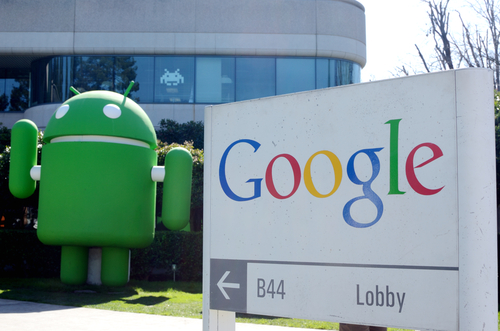The next version of Google’s Android software is set to be named “Licorice”, according a series of hints published on social media by a senior figure at the company.
Eagle-eyed industry observers spotted that Giovanni Calabrese had seemingly revealed the name through a number of posts on his Google+ account which appear to confirm the new product name.
In one post, Calabrese, who is part of the team responsible for the sculptures outside Google’s Mountain View HQ representing all the different flavours of Android, said: “I never had a great liking for Licorice, but damn! There are some great flavors out there!!!”
This was followed up by a later post sent during his journey to Google, where the new sculpture will be unveiled this week, which said: “What’s with all the boxes of licorice’? #thingstheTSAsays #googlebound #googlelawnsculptures”, seemingly stating that the Transportation Safety Administration had quizzed him about the sweets in his luggage.
 Super sweet
Super sweet
Many people had expected the newest version of Android to be called Lollipop, especially since the company sent out a picture of a birthday cake adorned with lollipops to celebrate its 16th birthday – although these were accompanied by a strand of licorice.
Licorice would continue Google’s policy of naming their OS products after sweet desserts and snacks, a trend which started with the release of Android 1.5 Cupcake back in April 2009, and continued through Donut, Éclair, Froyo, Gingerbread, Honeycomb, Ice Cream Sandwich, Jelly Bean and most recently, KitKat.
Several rumoured details have emerged surrounding the hotly-anticipated software, including that it will offer data encryption by default as a response to consumer worries about government snooping.
According to recent data from Kantar Worldpanel, Android remains the most popular smartphone operating system in the UK and Europe, being present on present on 75.1 percent of all smartphones sold in Europe’s five biggest markets (Italy, Spain, Germany, France and the UK). This placed it ahead of iOS, whose share fell from 16.1 percent to 14.5 percent, and Windows Phone which increased from 7.6 percent to 8.5 percent.
How well do you know Google’s secrets? Find out with our quiz!

 Super sweet
Super sweet



